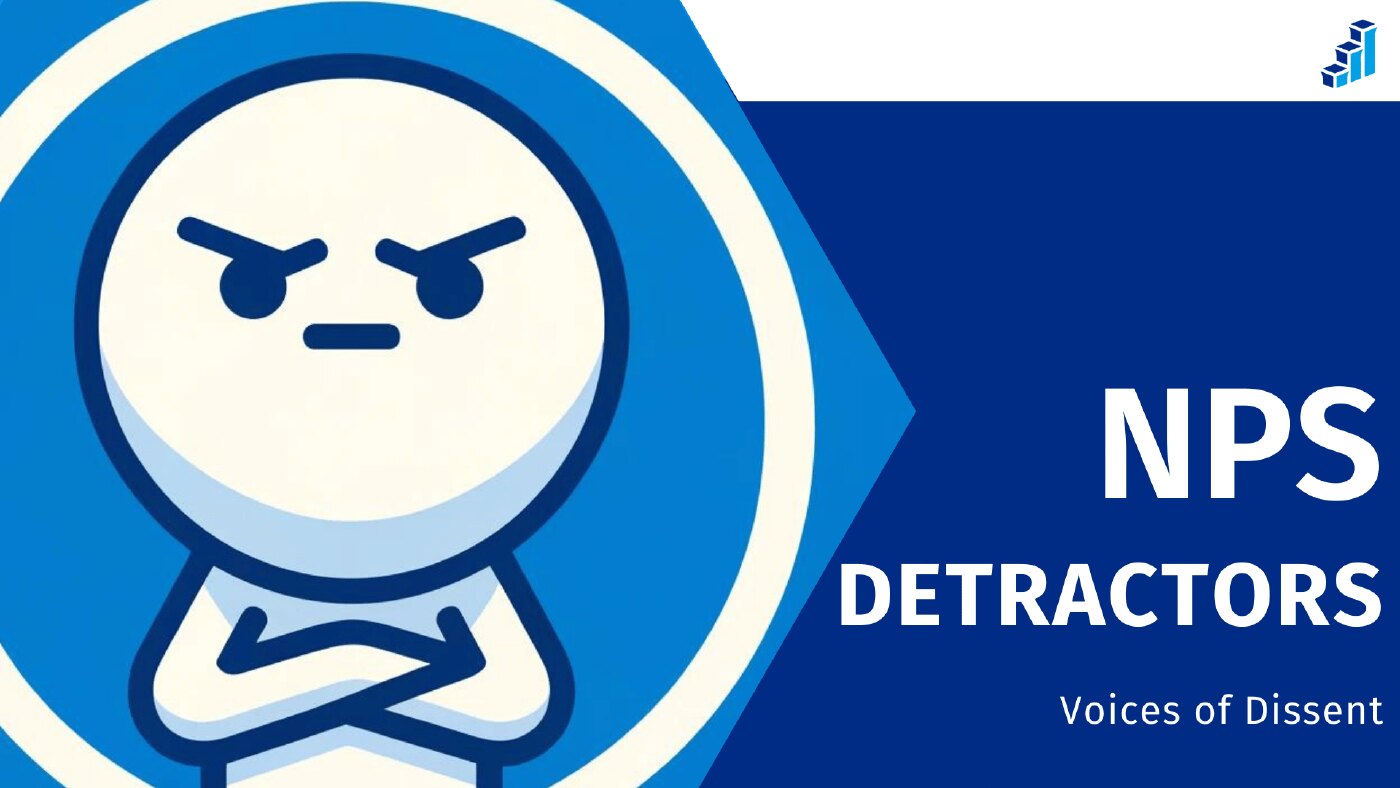
Converting Detractors into Promoters
In today’s tough business world, customer feedback is key to growth and success. Acting on this feedback can be the difference between success and failure. One of the best ways to gauge customer sentiment is through the Net Promoter Score (NPS).
This system categorizes customers into three groups: promoters, passives, and detractors. Promoters are the enthusiastic supporters of your brand. Detractors are those who express dissatisfaction. They jeopardize your reputation.
This article explores detractors within the NPS framework. It examines ways to turn these unhappy customers into loyal promoters.
Understanding Detractors
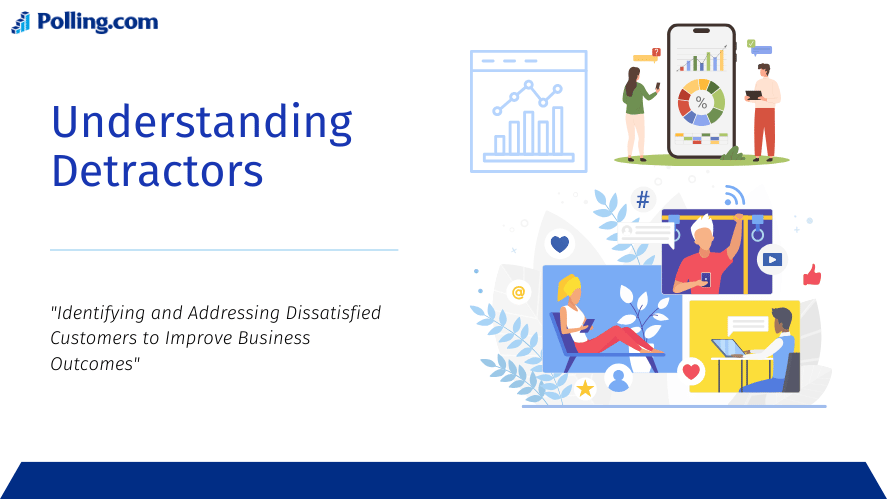
What is a Detractor?
A detractor, within the context of NPS, is a customer who scores your product or service between 0 and 6 on a scale of 0 to 10.
These customers are not only unhappy. They are also likely to spread negative word-of-mouth. This could discourage others from engaging with your brand.
Detractors can arise from many issues. For example, poor service, unmet expectations, or product failures.
The Impact of Detractors
The presence of detractors can have significant ramifications for a business. Their bad reviews and feedback can harm a brand’s reputation.
They also reduce customer growth and increase churn. Also, detractors are likely to switch to competitors. They will take their business and may sway others to do the same.
Why Detractors Should Not Be Ignored
Ignoring detractors can be detrimental. Addressing their concerns could win back their loyalty. It also provides valuable insights into areas requiring improvement.
Engaging with detractors. Companies can help companies turn challenges into opportunities for growth and innovation.
The Transition Process: From Detractors to Promoters
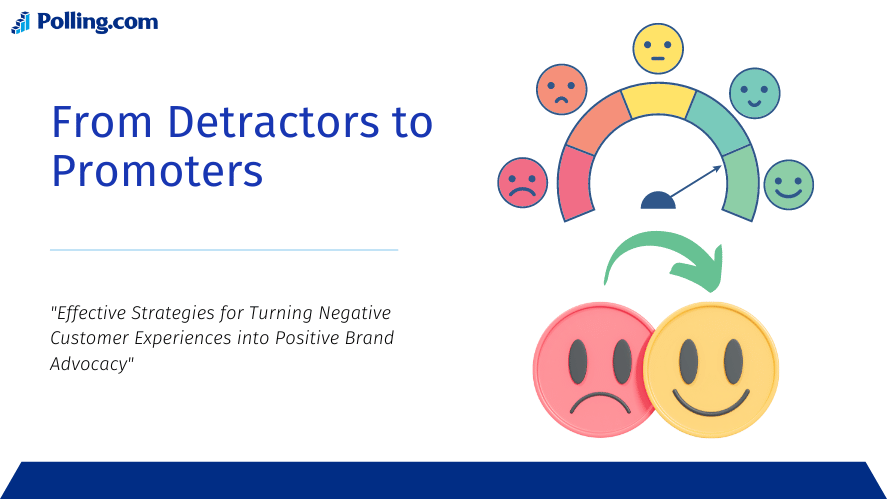
Identifying Detractors
The first step in converting detractors into promoters is accurately identifying them. Techniques for recognizing detractors include:
- NPS Surveys: Consistently administer NPS surveys to assess customer sentiment. Pay close attention to scores of zero to six, as these indicate detractors.
- Customer Feedback Mechanisms: Use feedback forms. Additionally, use social media monitoring and customer service interactions. Use these to identify dissatisfaction.
- Behavioral Analytics: Track customer behavior. Look for signs of discontent, such as less engagement, frequent complaints, or returns.
Engaging with Detractors
Swift and empathetic engagement is crucial in addressing detractors’ concerns. Here are the best practices for responding to detractors:
- Timely Response: Respond swiftly to critics. This demonstrates that you value their feedback.
- Personalized Communication: Use the detractors’ name and their specific issues. This makes the interaction personal and impactful.
Listening and Empathy
Demonstrating empathy and understanding is fundamental in converting detractors. Strategies include:
- Active Listening: Allow detractors to fully express their concerns without interruption.
- Acknowledgment: Confirm their feelings and experiences. This demonstrates that their feedback is taken seriously.
Personalized Solutions
Offering tailored solutions to detractors can significantly enhance their perception of your brand. Consider the following strategies:
- Custom Resolutions: Provide solutions that specifically address the issues raised by the detractor.
- Follow-Up: Make sure the detractor’s problem is fully fixed. Then, follow up to confirm their satisfaction.
Customer Support Excellence
Elevating the quality of customer support is essential in managing detractors. Best practices include:
- Training: Give customer support teams the skills to handle complaints well. They should also handle them with empathy.
- Empowerment: Give support representatives the power to make decisions. These decisions can swiftly fix detractor issues.
Implementing Feedback
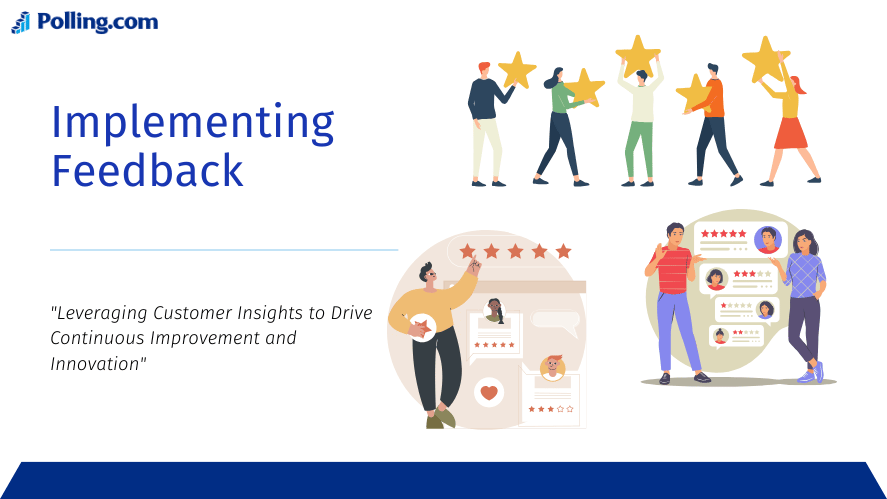
Action on Feedback
Taking action on detractors’ feedback is crucial. It shows that their opinions matter. Steps include:
- Analyze Feedback: Categorize and prioritize feedback based on frequency and impact.
- Implement Changes: Make necessary changes to products, services, or processes. Base the changes on the feedback received.
Continuous Improvement
Using detractor feedback as a tool for improvement can lead to growth that truly lasts. This involves:
- Regular Review: Continuously review and update practices based on ongoing feedback.
- Iterative Development: Use an iterative approach to develop products and services. Make sure to keep improving them continuously.
Case Studies
Successful Conversion Examples
- Apple: Apple is known for its great customer service. It has won over many detractors. It did this by addressing their concerns quickly and offering customized solutions.
- Zappos: This online retailer is famous for its great customer support. It often goes above and beyond to ensure customer satisfaction. which has successfully converted many detractors into loyal customers.
- Airbnb: You engage with detractors and utilize their feedback. Airbnb has improved its platform and services. This has led to more customer loyalty and higher promoter scores.
Measuring Success
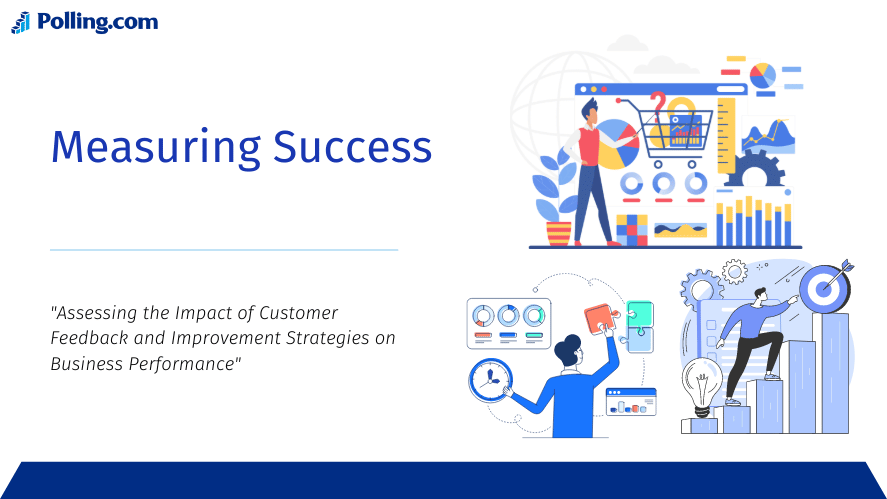
Tracking Changes in NPS Scores
To see how well strategies convert detractors, you must track NPS score changes. This involves:
- Regular Surveys: Conducting NPS surveys regularly to monitor shifts in customer sentiment.
- Comparative Analysis: Comparing scores over time to assess the impact of implemented changes.
Beyond NPS
Other metrics to consider for a comprehensive understanding of customer satisfaction include:
- Customer Satisfaction Score (CSAT): Measures the satisfaction of customers. It is with a specific product or service.
- Customer Effort Score (CES): Measures how easy it is for customers to get their issues resolved.
- Churn Rate: Measures the frequency at which customers discontinue their relationship with a company.
Conclusion
Turning detractors into promoters is not just about fixing complaints. It’s about building a culture of improvement and empathy.
To deal with detractors well, you must understand their significance. And implementing their feedback, businesses can transform challenges into opportunities for growth.
This approach has long-term benefits. They include improved customer loyalty, a better brand, and sustained business growth. Embrace positive change. Watch your detractors become your biggest fans.
